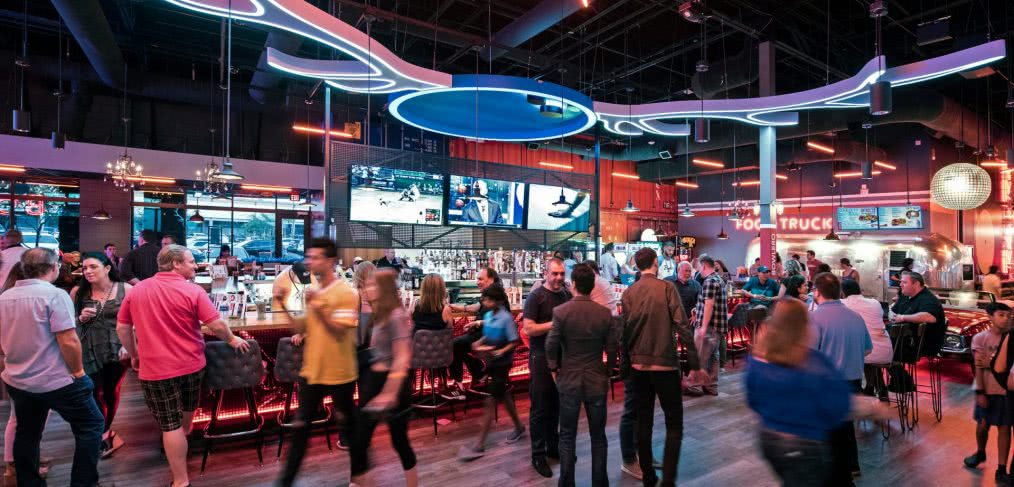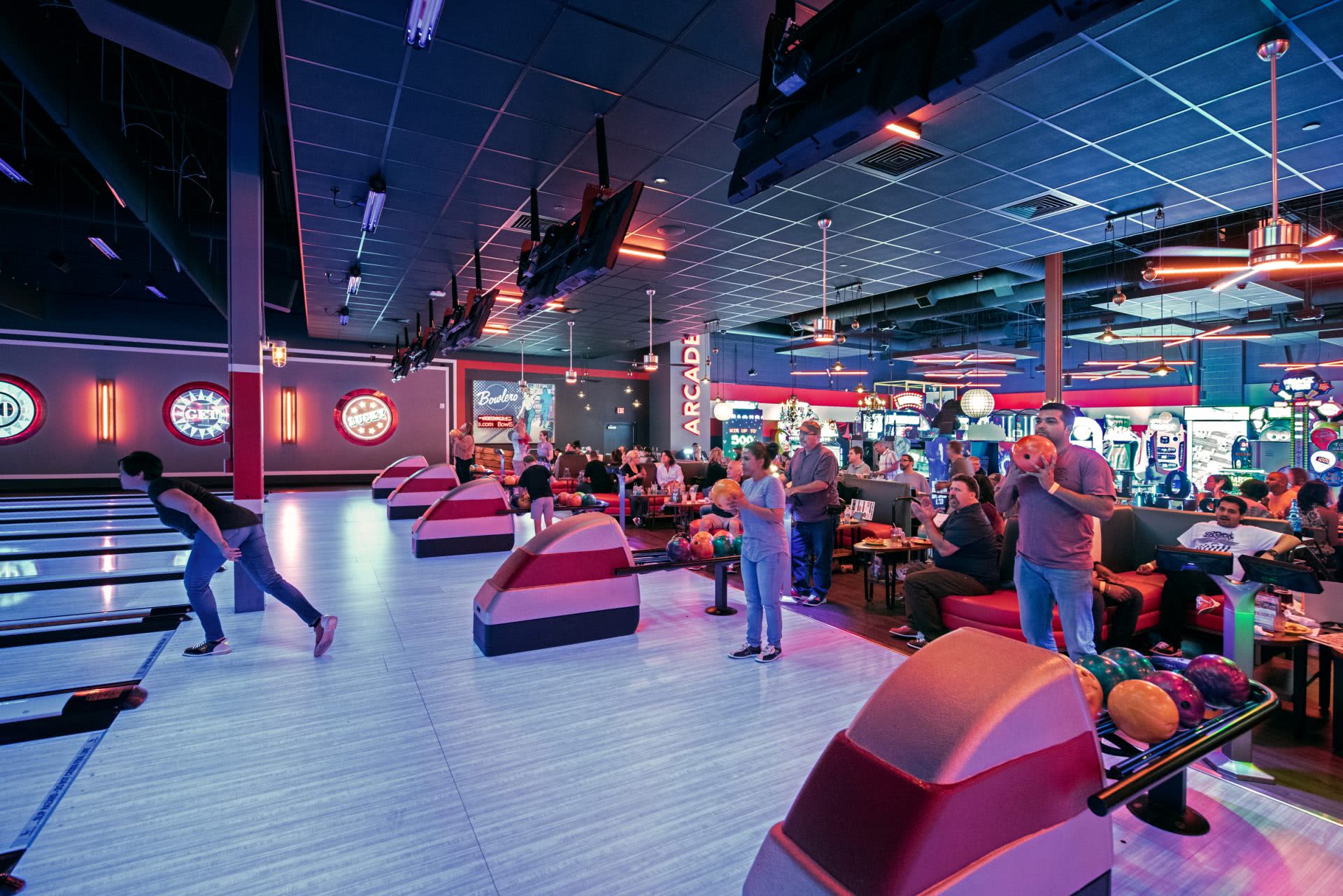
What’s Next for Retailtainment
Ho Cheuk Choi and Keith Wlosek discuss how hybrid retail and entertainment spaces are appealing to Millennials, while keeping Gen X and Boomers happy.
The number of stores closing in the United States hit record highs in 2017. And Credit Suisse reports that between one-fifth and one-fourth of American shopping malls will close in the next five years. For brands opening stores today, and the 75-80% of malls keeping their doors open, this leaves them asking a lot of questions—what does it take to get customers in the door and, more importantly, what will it take ten years from now?
In our work, we’ve seen that Millennials and Generation Z are more focused on an all-around experience over pure shopping or even pure dining. More importantly, they’re willing to pay for that experience. And this trend for hybrid spaces that offer multiple environments and activities within the same space is going way beyond the mall and seeping into all kinds of entertainment and activity venues. In the past, insiders have referred to this as “retailtainment,” but the shopping industry is reinventing the concept to appeal to the coveted consumer group between 18 and 35, while keeping everyone else coming back for more too.
Millennials in particular aren’t going out just for a beer or to hang out; increasingly they’re going to hybrid spaces that offer different things for different people. From a design standpoint, that means we’re using more thematic lighting, texture and material impacting the way a space is used, and layouts that allow people to flow from one activity to the next.
The Hybrid Retail Experience
The hottest spaces aren’t just one thing anymore. SoulCycle isn’t just a spin studio; it’s a social club as well, with a strong brand and merchandise to go with it. Seattle has SPiN, a Ping Pong restaurant and bar. Ballston Quarter in Arlington, VA is set to open in the fall with an escape room venue, a culinary school and a kids’ play space. More traditional retailers like Nordstrom and Barneys are getting into the hybrid trend with pop-up sales and edgier offerings like complementary body piercings with the purchase of designer products.
Our Bowlero project is probably the best example of a hybrid space at a stand-alone venue. We tapped into the trend for mixing bowling and night clubs while still welcoming regulars from the bowling league. The brand is all about modern nostalgia, so we have a lot of vintage stuff—pinball machines as signage and old movies playing on the big screen. It invokes memories for older generations and gives Gen Z and Millennials that all important Instagrammable moment.
And as a brand, Bowlero and SoulCycle do a great job of inviting social media influencers. These aren’t official celebrity endorsements, but it’s a huge perk for regular customers to be able to meet their favorite VIPs. For the brands, it’s free press. For the customers, snapping a selfie with a celebrity is personal brand building. It’s a sign that as far as “retailtainment” is concerned, “see and be seen” spaces will never go out of style.

The Industry Catches On
Clearly, many developers and retailers are starting to figure out that this is where the industry is heading. Since 2014, about 90 large U.S. malls have invested more than $8 billion in major renovations, according to a study by JLL. Some 41 percent of the malls in the study spruced up their food and beverage offerings with an emphasis on restaurants that serve more varied fare.
Among the malls in the JLL study that improved their food and beverage options, more than half also invested in adding entertainment options.
Looking ahead, shopping centers will increasingly incorporate housing and work spaces with retail and about 30 percent of the malls in the JLL study were adding non-retail space. Among those, about 40 percent were adding apartments. Thirty-three percent were adding hotels, while about 30 percent put in space for offices. Clearly, traditional concepts of “retailtainment” and “hybrid spaces” will never be the same.
